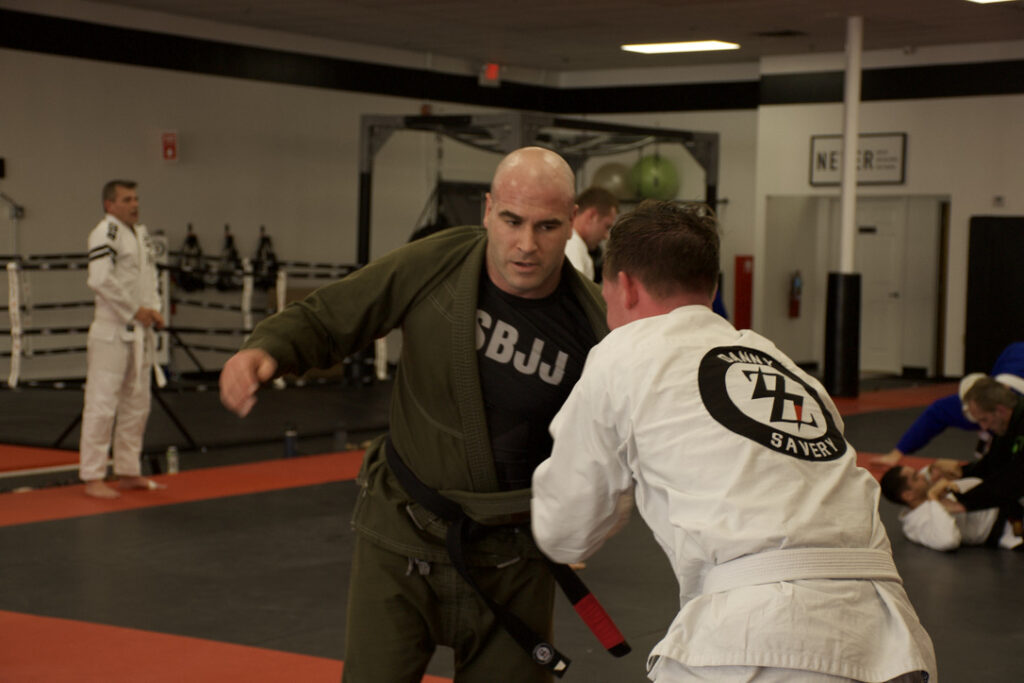Jan 27, 2025 Should tactical athletes incorporate judo to training?

Judo is a complex martial art that requires a combination of physical skill, tactical understanding, and mental resilience. Recent research has focused on various aspects of judo performance, including the impact of rule changes, grip techniques, combat time, penalties, and groundwork scoring.
A recent article from Nature.com provided a handful of studies to support the use of judo for athletes. Below is an excerpt from the Nature.com story.
These studies aim to provide insights that can help coaches and athletes enhance their training strategies and improve performance in competitions.
One significant area of research has been the analysis of changes in judo competition rules from 2010 to 2020. These changes included adjustments to combat time and scoring systems, which were designed to make the sport more engaging for spectators and to encourage more offensive play. For instance, the regular combat time was reduced, and penalties were modified to discourage defensive tactics and promote active engagement in matches, according to a 2022 study entitled “Judo combat time, scores, and penalties.” This evolving landscape means that coaches and athletes must stay informed and adapt their training methods accordingly to maintain high performance levels.
Another critical aspect of judo performance is the grip dispute, known as kumi-kata. A 2022 scoping review highlighted that experienced athletes tend to engage in grips for shorter durations before launching attacks, focusing their attention on key areas of their opponent’s judogi (judo uniform). Understanding these grip dynamics can help coaches develop targeted training strategies that enhance athletes’ technical and tactical skills during competitions.
Research from a 2022 study, entitled “Combat Time in International Male Judo Competitions: A Systematic Review and Meta-Analysishas,” also examined combat time in international male judo competitions, revealing significant variations in average combat durations over the years, particularly following rule changes. This information is vital for coaches to understand the pacing of matches and to prepare athletes for the demands of competition. Additionally, a 2022 study on penalties in judo competitions found notable differences in penalty types assigned to male and female athletes across various weight categories, indicating the need for tailored training approaches that address these discrepancies.
» ALSO SEE: Training the tactical athlete’s energy systems
Finally, groundwork scoring skills have been analyzed to identify successful behaviors leading to effective grappling techniques. The findings suggest that groundwork scores are often achieved following failed standing attacks, emphasizing the importance of integrating standing and groundwork techniques in training. This holistic approach can help athletes become more versatile and effective in their judo performance.


